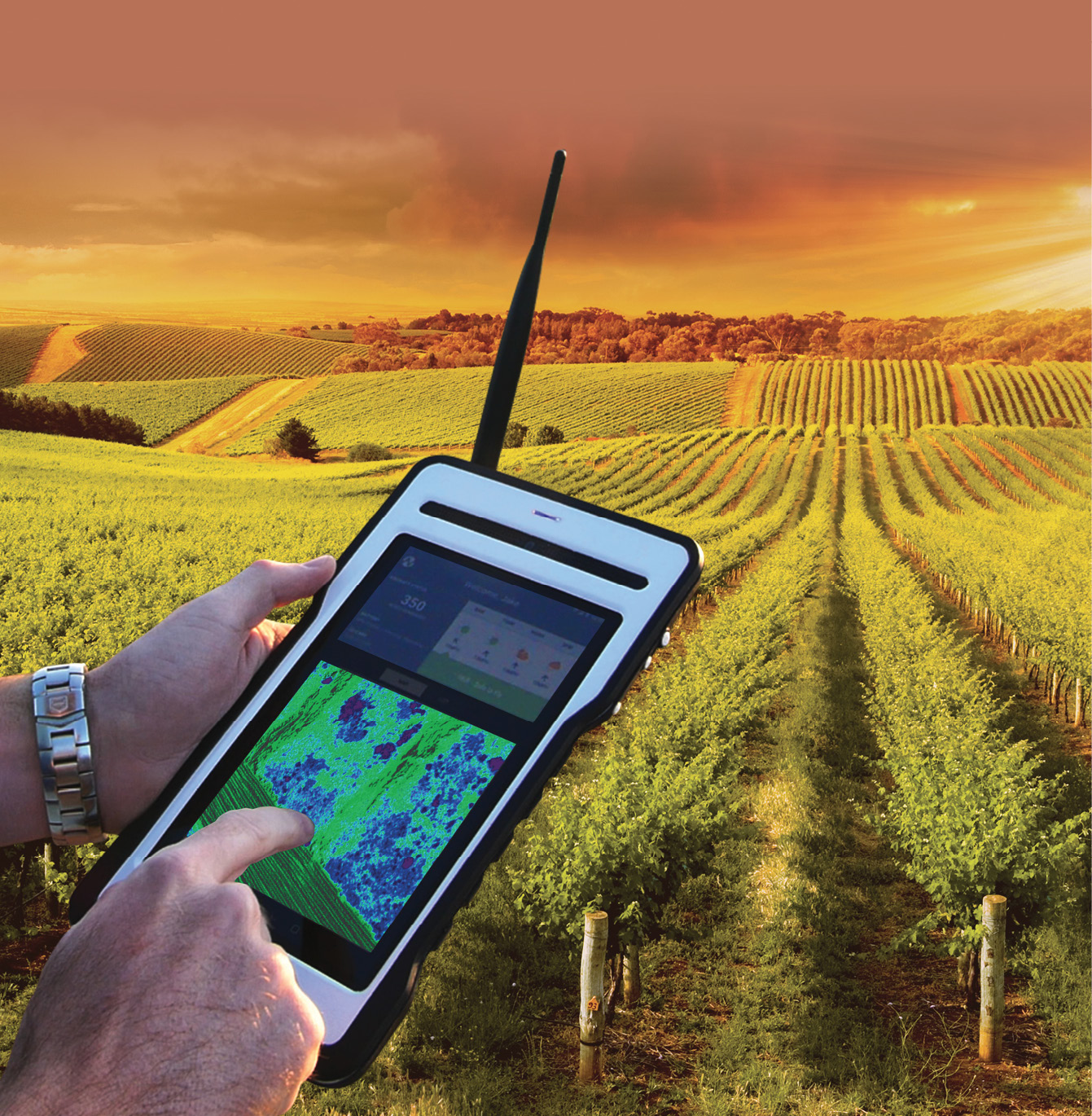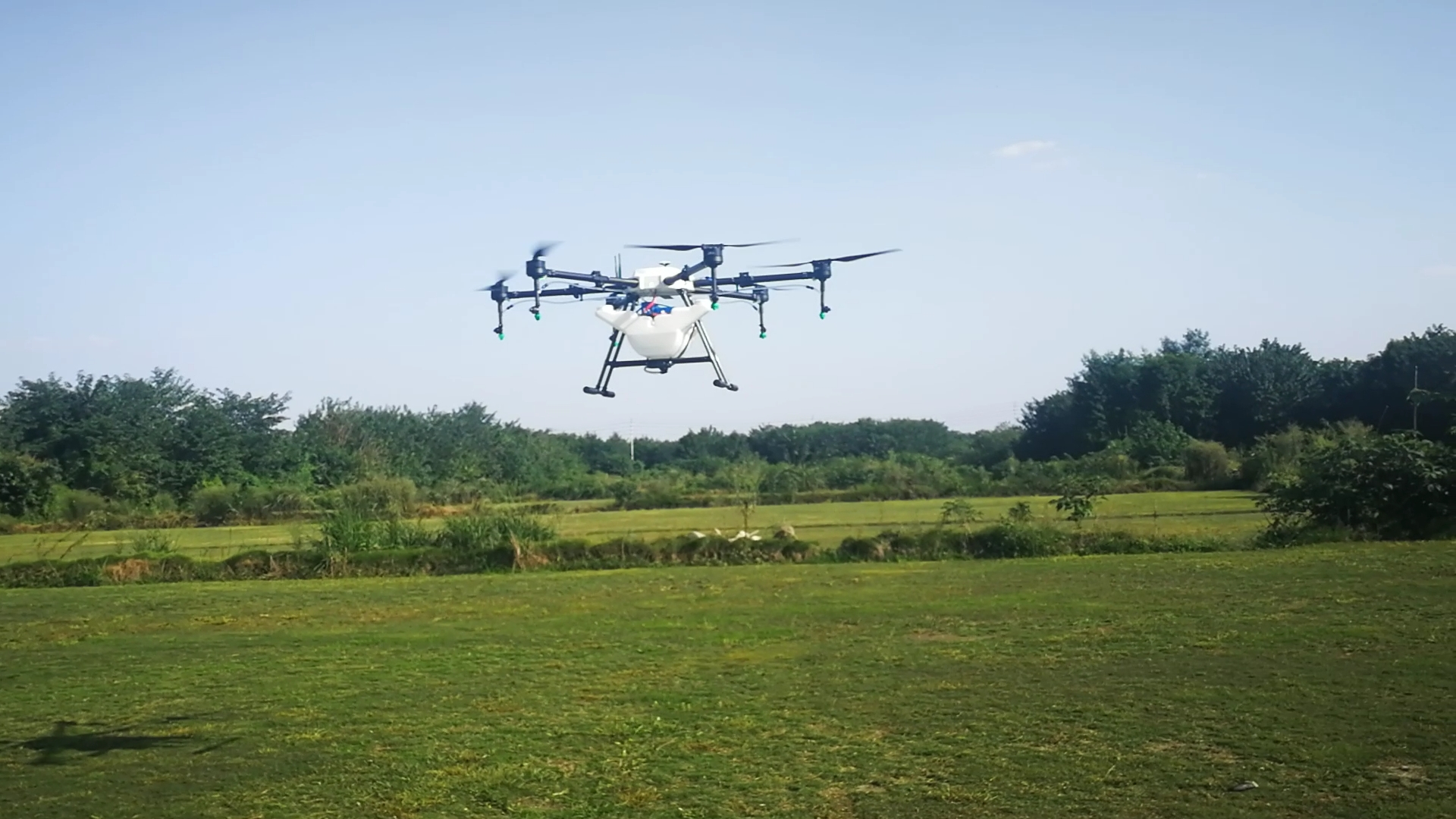
As more growers embrace precision agriculture and the operational benefits drones can offer, manufacturers are finding ways to more effectively integrate ground and aerial sensors, and to handle all the data increasingly popular advanced solutions are able to collect.
Deploying RGB cameras on drones, was much more efficient and economical than hiring a pilot to fly manned aircraft over the fields.
Seeing the potential these systems held, Erwin Keith Inc./Progeny Ag Products of Wynne, Arizona, uses solutions from Sentera to monitor crop health and provide status updates for growers.
Unmanned aircraft systems (UAS) have become a critical part of precision agriculture, quickly providing growers, agronomists and companies that serve the industry with high-quality images and data while also offering them vital but previously inaccessible information.
In the next few years agriculture will be totally different. Agriculture will be data driven, With machine learning and AI, you can train the robots, both ground and aerial, to learn from the data to complete specific tasks, which of course helps with efficiency and cost. Automation and AI will change agriculture.
DIGITAL FARMING, SMART TECHNOLOGY AND AI
Digital farming makes it possible to obtain very specific data, such as where growers should spray pesticides or chemicals to battle insects and weeds, and where they shouldn’t.
Smart technology, such as precision sprayers, also plays a huge role, Once farmers know where pesticides are needed, they can program the sprayer to cover those areas rather than the entire field—increasing profits while also protecting the environment.
Multispectral and hyperspectral cameras can detect symptoms the human eye can’t see, allowing them to identify disease earlier. Workers no longer need to walk entire fields looking for problem areas, which is costly and time consuming.
DATA INTEGRATION AND COLLECTION
Combining weather data and analytics with drone data using satellite imagery as the base layer offers a more complete picture for effective crop-management decisions. Information also can be put into machine learning models, helping growers identify damage and disease. Everything will be customized.
customers expect to see data flowing into tools they already use. Instead of standalone products, they want a single digital platform where they can view all their drone data, satellite imagery and weather station analytics.
Additionally, drone pilots should not only know how to use the software and how to keep information secure, they also should be able to identify the best time to fly the fields based on the mission.
FIELD MANAGEMENT
Equipment used on farms will continue to become smaller and start to replace people, machines handling planting and other field work, leading to greater efficiencies.
Incorporating automation and drone flights into operations will lead to more objective decision making and “an increased focus on managing farms on a smaller footprint,” said Jeff Rodrian, business unit leader, Commercial Information Systems for AeroVironment, the Monrovia, California, Now it’s possible to measure yield to the acre or to the row, helping to optimize output.
WHAT’S NEXT
• Sensor integration will continue, with more field sensor data being integrated into business processes.
• Sensors and robots, both on the ground and in the air, will be more specialized, Farmers and agronomists will be able to collect very specialized data, translating into better information, improved efficiencies and cost savings.
• Continued focus on AI and machine learning. But for such technology to be effective, growers must collect quality data sets and have the right approach to solving the problems they’re trying to overcome.
• Many large organizations will go from a few to hundreds of precision-ag systems. Eventually, drones will be on every job site, taking off on a schedule to capture data and then feeding it back not only to the grower, but directly into ground-based machines.
• More research will be done on using drones to spray chemicals over fields. Flight time, payload and beyond visual line of sight (BVLOS) limitations make this challenging, drone spraying as the future of the industry. There are already commercial systems developed for this task.

Intelligent Agriculture is the trend of all over the world. And the intelligent drone act as a important role in this world plan.
Agriculture spraying drone can replace the traditional pesticide sprayer and it's speed is 40times of the traditional sprayer. It will save 90% water and 30%-40% pesticide. Small droplet diameter make the pesticide more well-distribute and improve the effect. At the same time, it will make the people faraway from the pesticide and reduce the pesticide remain of the crop.
Contact: Fly Dragon Drone Tech.
Email: frank at dronefromchina.com
Add: NO. 9 Dayu Road PiDu distric, ChengDu 611730, China